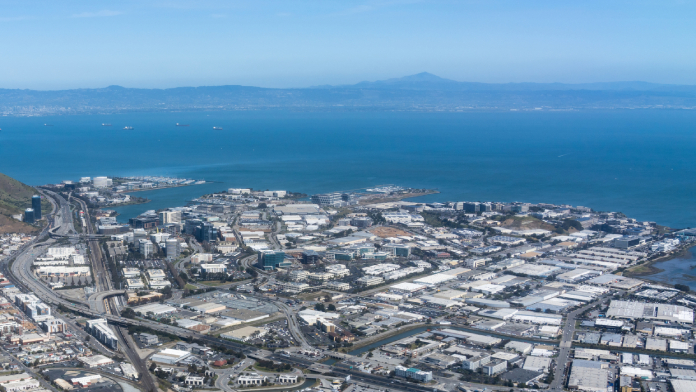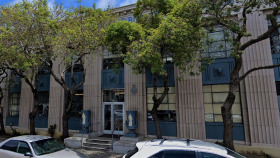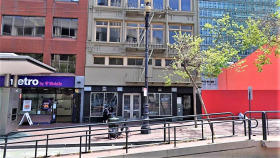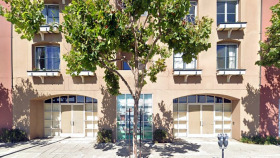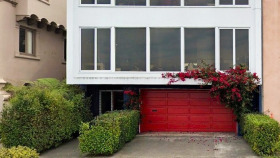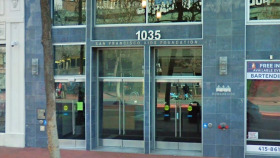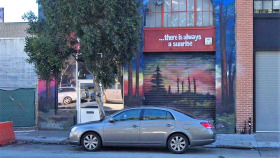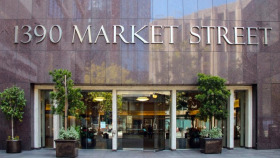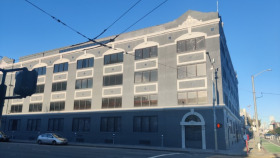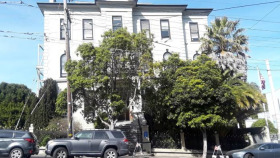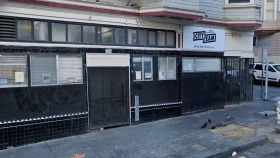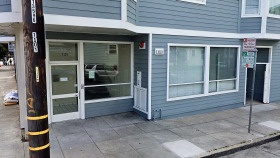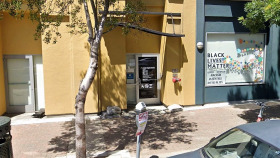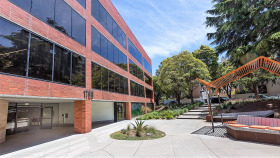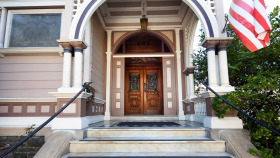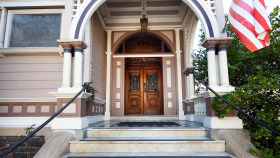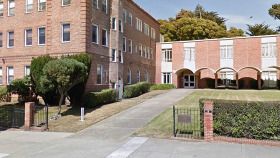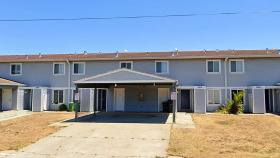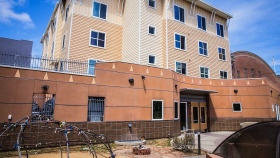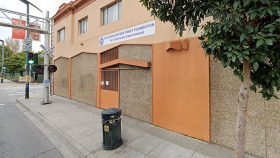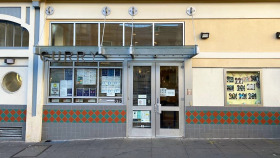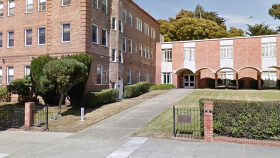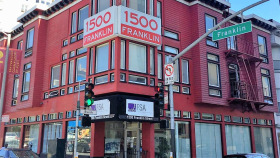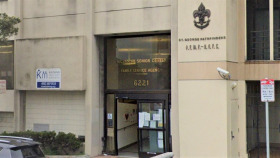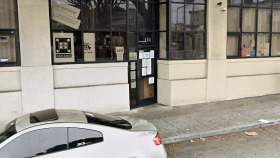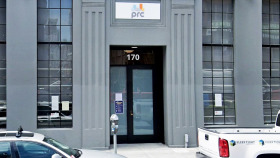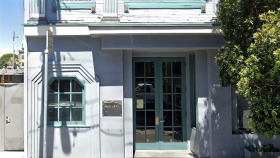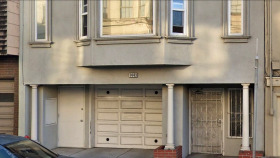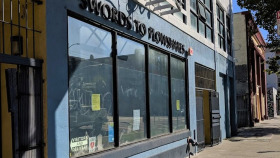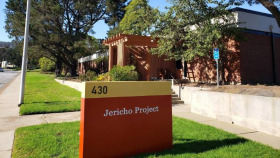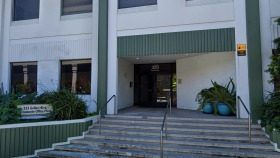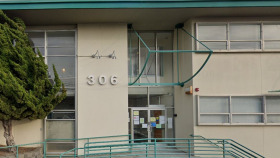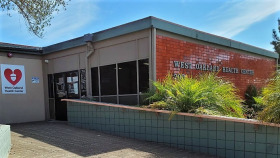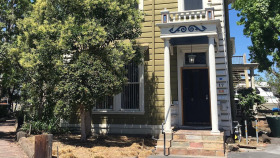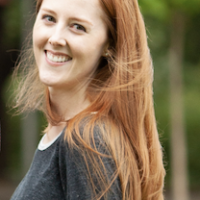Expert Insights
You know a drug is dangerous when most addicted locals make a concerted effort to avoid it. But that hasn’t stopped a deadly new drug from making its way to the streets of San Francisco. Isotonitazene, known as ISO, is a synthetic opioid that’s over 20 times more potent than fentanyl. Drug dealers are adding ISO to other products that are sold around the city. In fact, according to the DEA, lab tests show ISO is mainly being added to heroin, fentanyl, and pressed into fake prescription pills. The Tenderloin and SoMa districts are now ground zero for a fatal overdose epidemic that shows no end in sight. This is why it’s so important that we provide narcan to all local residents, whether it’s someone who abuses opioids or knows someone who abuses opioids. Narcan is the one tool we have at our disposal that can quite literally save lives. Every resident in these districts should be carrying at least one dose of narcan, a medication known as the “anti-overdose drug.”
~ Natalie Baker
How Expensive is Drug Rehab in San Francisco?
The cost of care depends on many variables. If you prefer to live in luxury surroundings versus a modest home-style residency, you can expect to pay a higher residency fee. If you need clinical detox, you can expect to spend at least a few days to a week of additional time in a treatment center, which will increase your costs.
Whatever your financial situation, drug or alcohol rehab in San Francisco can help. According to SAMHSA, within 25 miles of the city center, there are:
Low-Cost and Free Drug Rehab Centers in San Francisco
If you’re having difficulty paying the fees for private facilities, public options may be available that offer lower rates for treatment. State-funded facilities tend to be considerably more affordable than private San Francisco drug rehabs but generally have less luxurious surroundings and amenities. State-funded options might have more flexibility in financing as well, though both types can offer scholarships and sliding scale fees.
You can also reach out to religious organizations in the area to find other resources. In addition, a wealth of harm-reduction programs in the San Francisco area cater to low-income individuals in danger of relapse or overdose.
If you need assistance in finding San Francisco alcohol rehabs, get help today at
800-681-1058
(Sponsored)
.
Resources
- California Department of Public Health. (2022). CA Overdose Dashboard.
- Center for Substance Abuse Research. (2020). National Early Drug Warning System. San Francisco Sentinel Community Site (SCS) Drug Use Patterns and Trends, 2020.
- Substance Abuse and Mental Health Services Administration. (2022). Facility locator.
- Department of Health and Human Services. (2022). National Survey Trends in Telehealth Use in 2021: Disparities in Utilization and Audio vs. Video Services.
- Substance Abuse and Mental Health Services Administration. (2022). MAT Medications, Counseling, and Related Conditions.

